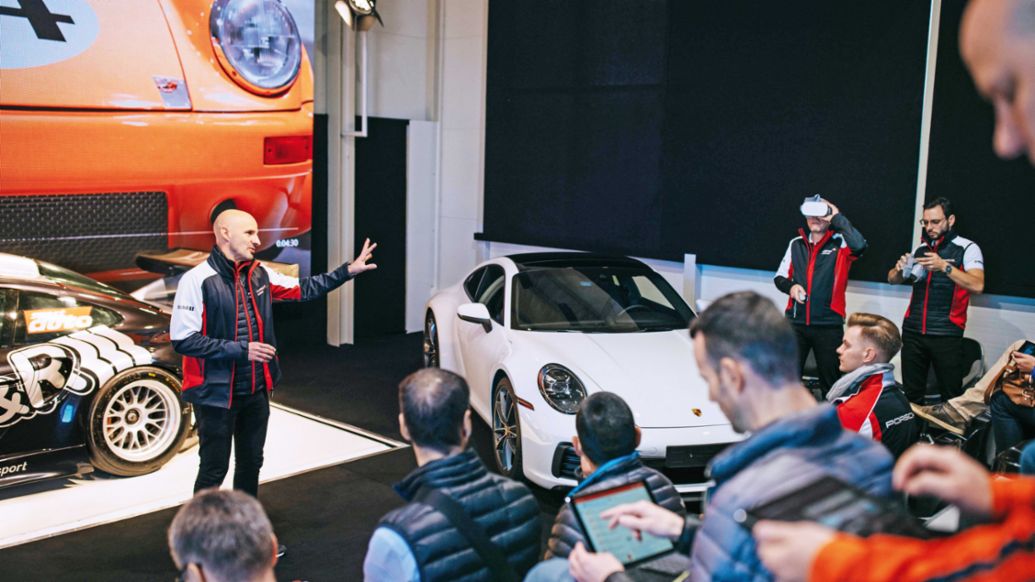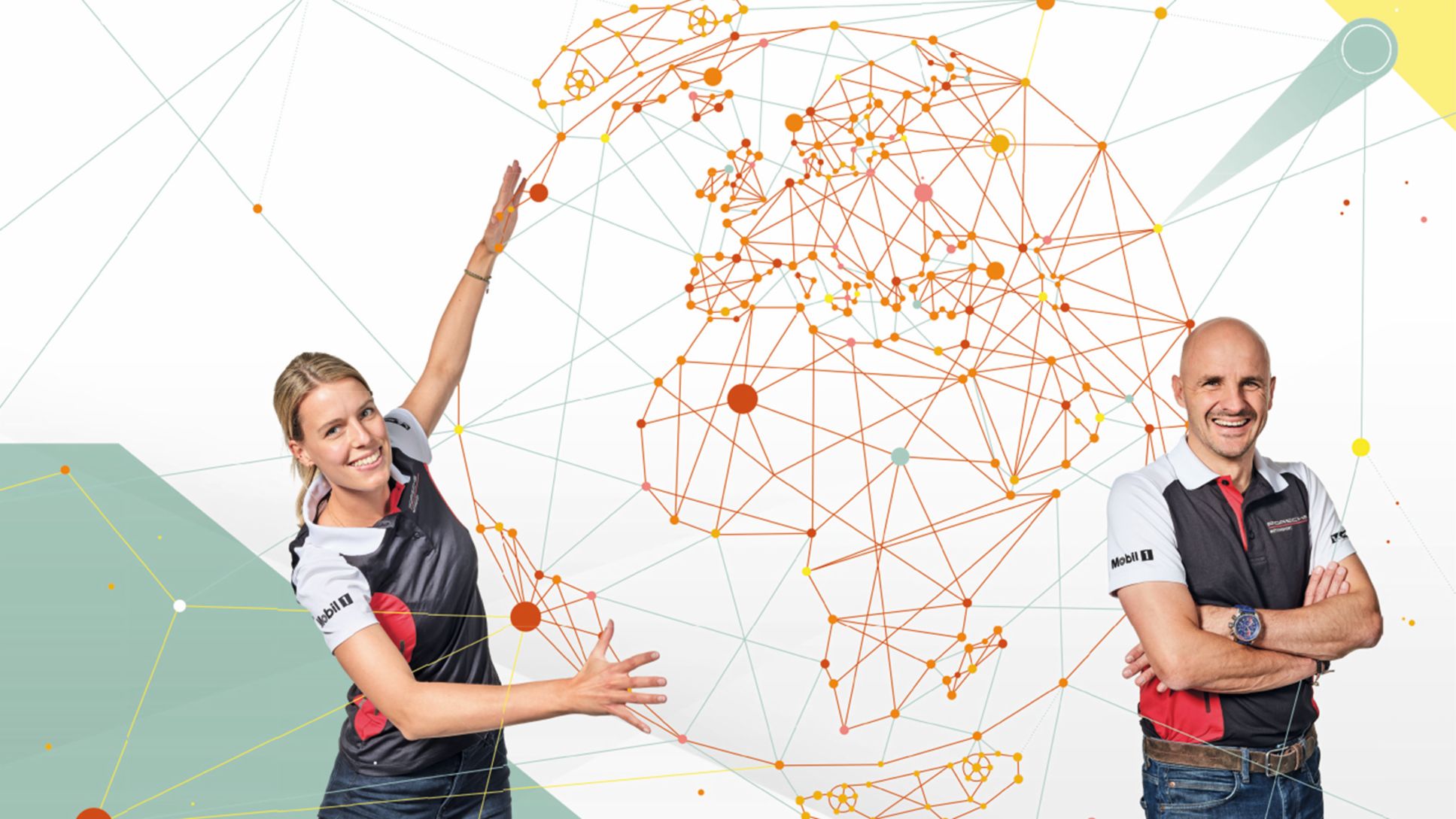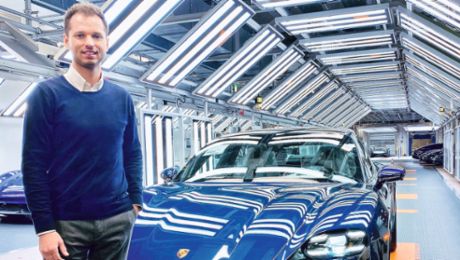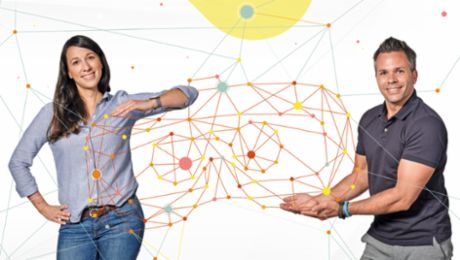Whenever a new model is about to be brought onto the market, they and their team set off a grand display of educational fireworks. Their maxim is: “Learn by experience.” In detailed form this includes traditional workbooks, virtual reality elements, e-learning sessions, pre-tests, and post-tests to document learning success, driving dynamics trials on racetracks, and guided road tours. The aim is to elicit fascination and excitement for a new car. The team not only imparts expert knowledge about sports cars and the brand, but also fosters the associated emotions. All of this should then be conveyed in vibrant and convincing ways to potential customers.
“Our salespeople should go beyond pure product training, and immerse themselves in the world of Porsche customers at exclusive locations and workshop settings.” Miriam Hehl
All the training programs are based on a sophisticated concept. The learning journey gets underway a few weeks before classroom and hands-on instruction begins. On the day a new car model is presented to the public, sales personnel receive access to an interactive online training program. It mainly provides them with facts about technical advances, engine data, and the design.
After assimilating this background knowledge, all salespeople in Europe plus sales instructors from other continents gather in Mallorca for several days of live training. “Our salespeople should go beyond pure product training, and immerse themselves in the world of Porsche customers at exclusive locations and workshop settings,” explains Miriam. These workshops also require hard work, because the participants will end up knowing everything about the new model—including facts about competitors’ most important products. Success in selling cars also means the ability to handle the occasional critical question or comment by customers. One example: if a competitor lists better performance figures on paper, that does not automatically mean that the car offers better overall performance. In order to understand that, participants compare the new Porsche model with those of competitors on racetracks and elsewhere. “This can give you a completely different picture in terms of lateral and longitudinal dynamics,” explains Björn.

Over a period of around three months, two to three thousand participants from European markets go through product training sessions in Mallorca. By that time the team has already put in a good year and a half of work. It all usually begins with research at the development center in Weissach. Miriam, Björn, and their colleagues take information provided by the engineers and filter it into what needs to be explained to and practiced by the participants, and then pack this content into the different parts of the program. They also need to translate complex technical features into concrete benefits for customers. “Part of our work consists of translating what can be very technical development language into convincing arguments for our sales personnel,” says Miriam. Speaking of language, the training materials are all available in thirteen different languages.
The training team takes a thoroughly international and interdisciplinary approach. The international component is reflected in participation by sales instructors from around the world. Although the USA, Germany, and China are major established markets, personnel from smaller markets are also brought in. In contrast to the European markets, brand specialists in the US and China do their own independent product training. Although based on the central product training programs, these are adapted to their respective market needs and features.
With industrial engineers, technicians, and product and event managers, the training team has a deliberately interdisciplinary structure in order to cover all relevant areas. Each team member is responsible for a model series or a trans-model topic such as Porsche Connect or event organization. Depending on which series the new model is part of, the team member in charge of that series assumes overall direction of the project, and the others support him or her.
“Evoking emotion is a crucial part of our product training.” Miriam Hehl
Miriam, for example, is currently responsible for a new model that will appear in the second half of the year. This is a special challenge, because the coronavirus has made real-life gatherings nearly impossible. She and her colleagues are therefore shifting the product training program online, which means having to adapt the content, produce new scripts, develop additional videos and e-learning sessions, and write new workbooks within a very short period of time. The hands-on part of the program will be held later. “After all, evoking emotion is a crucial part of our product training,” as Miriam and Björn never tire of noting.
Info
Text: Benjamin Büchner
Text first published in the CAMPUS Magazine.




